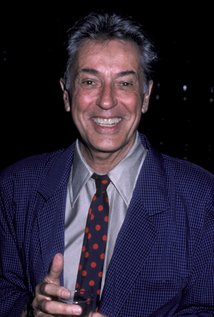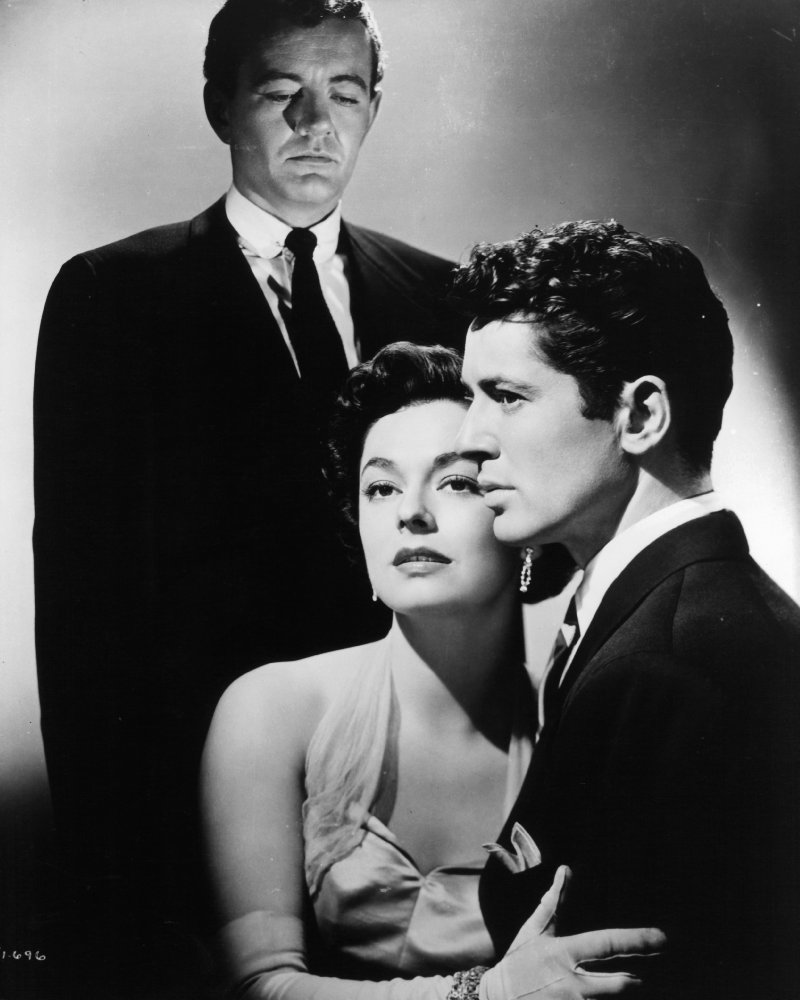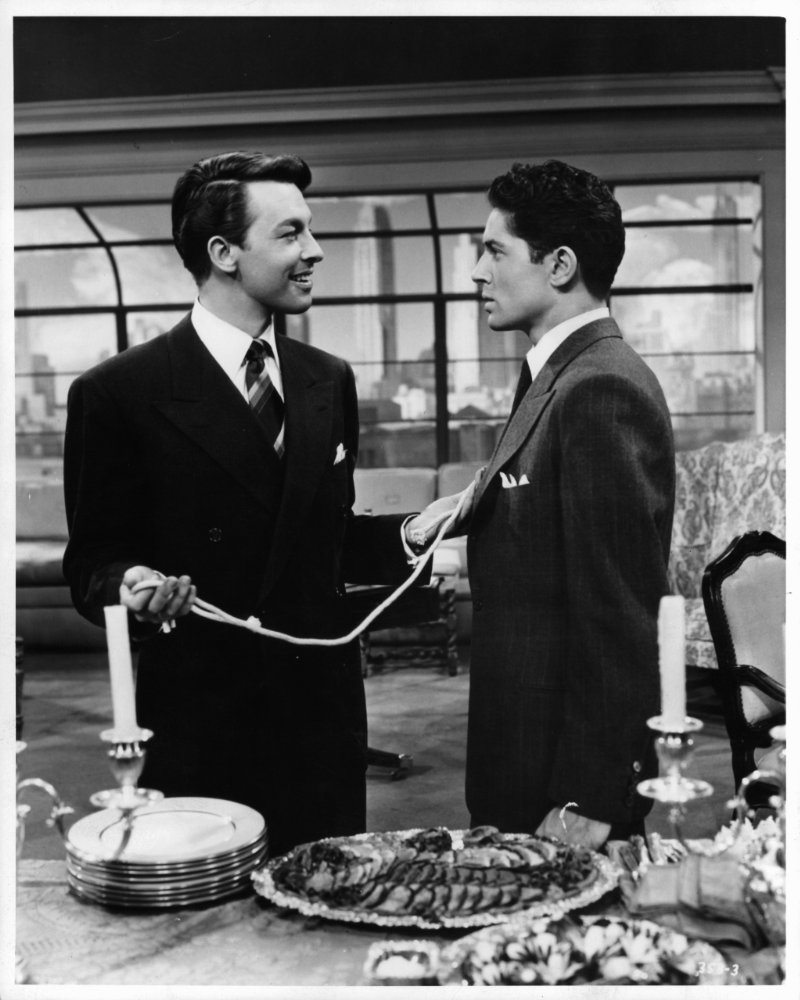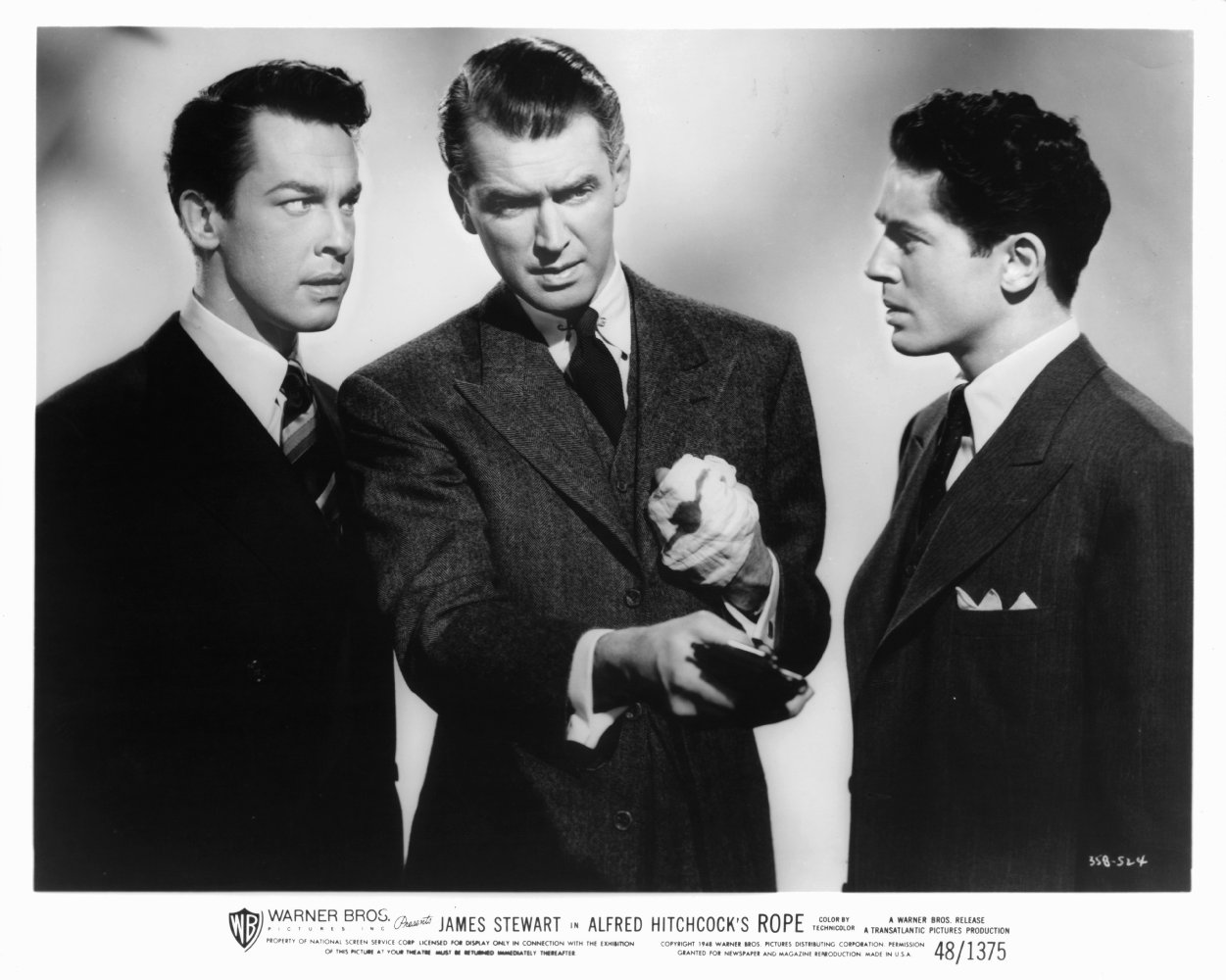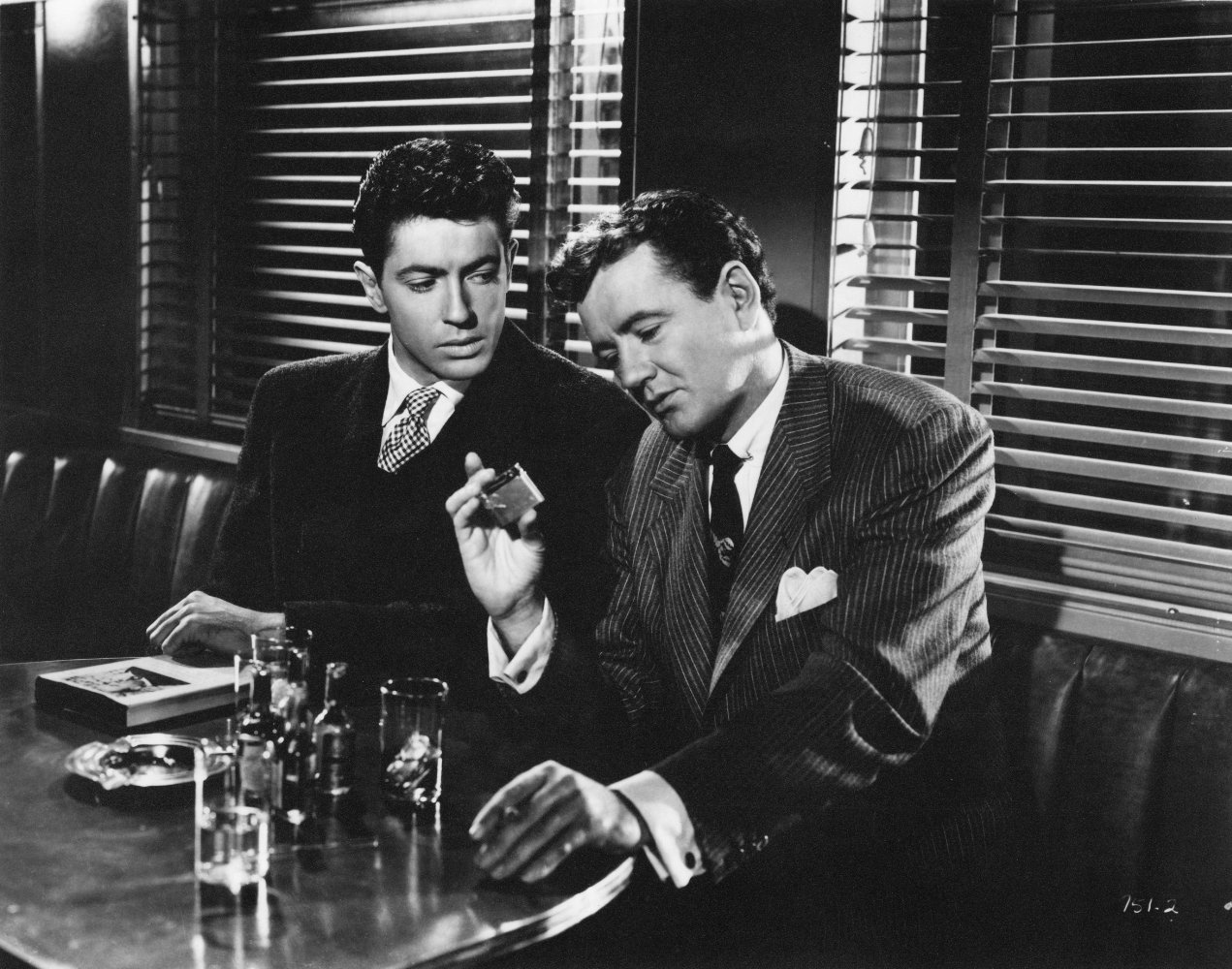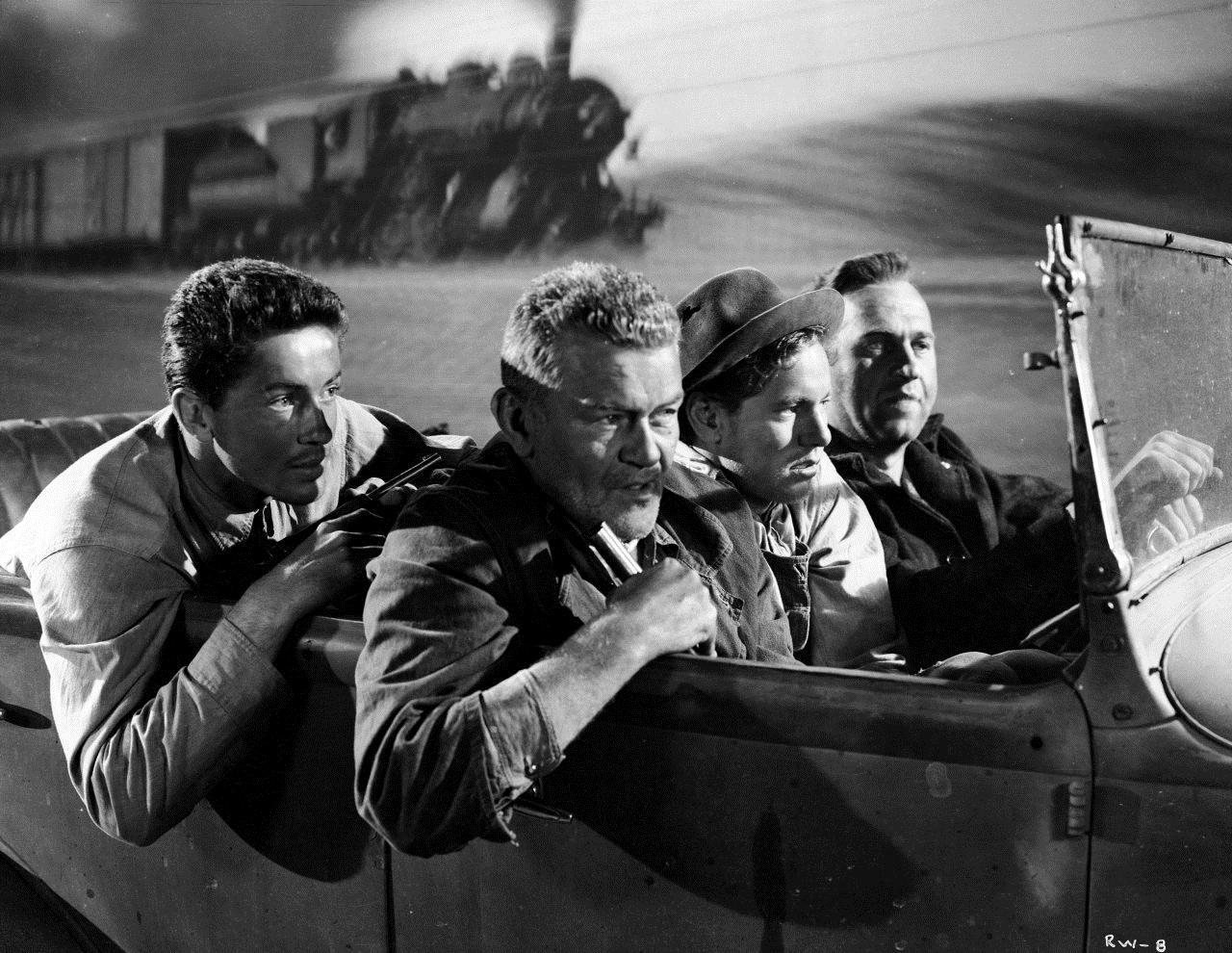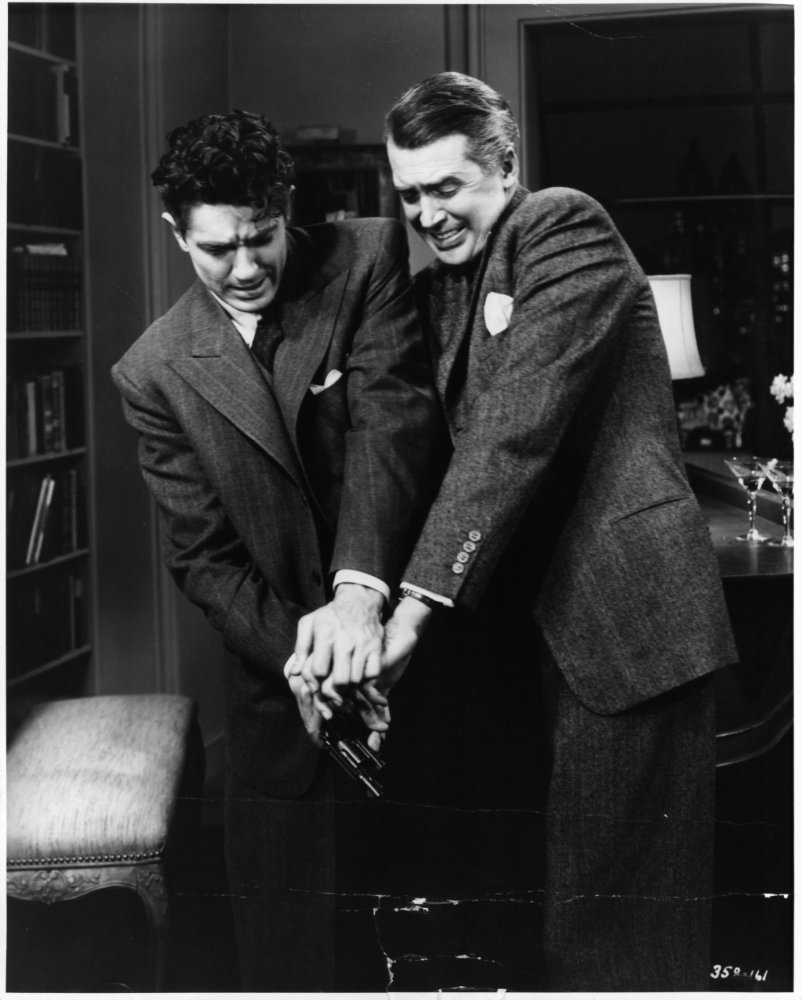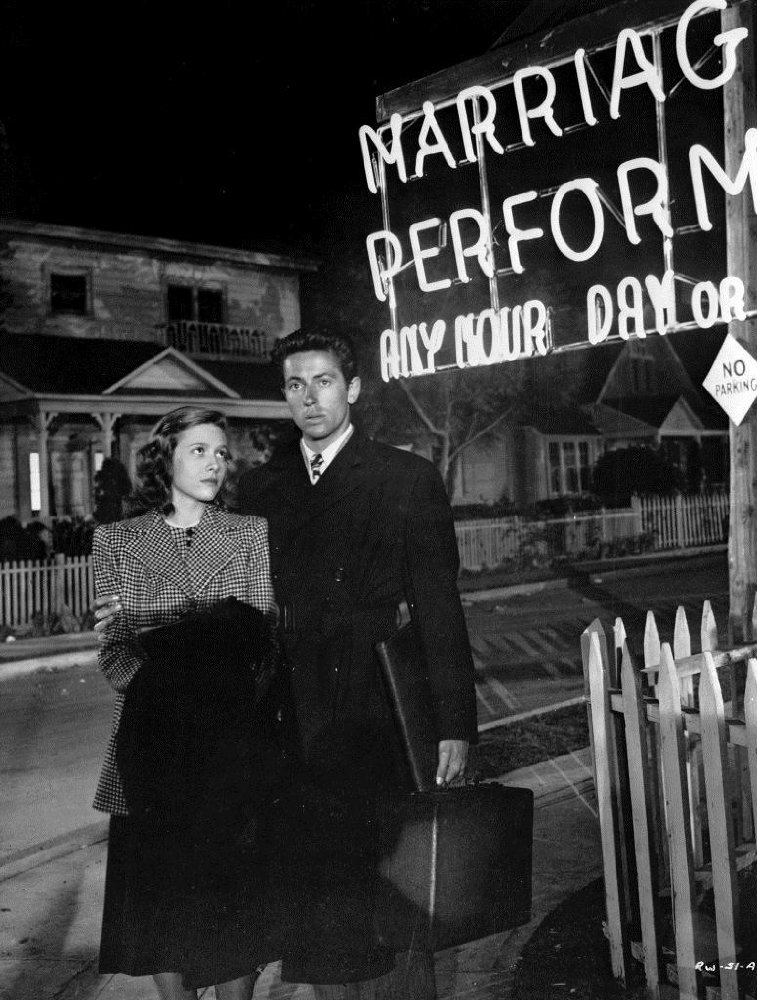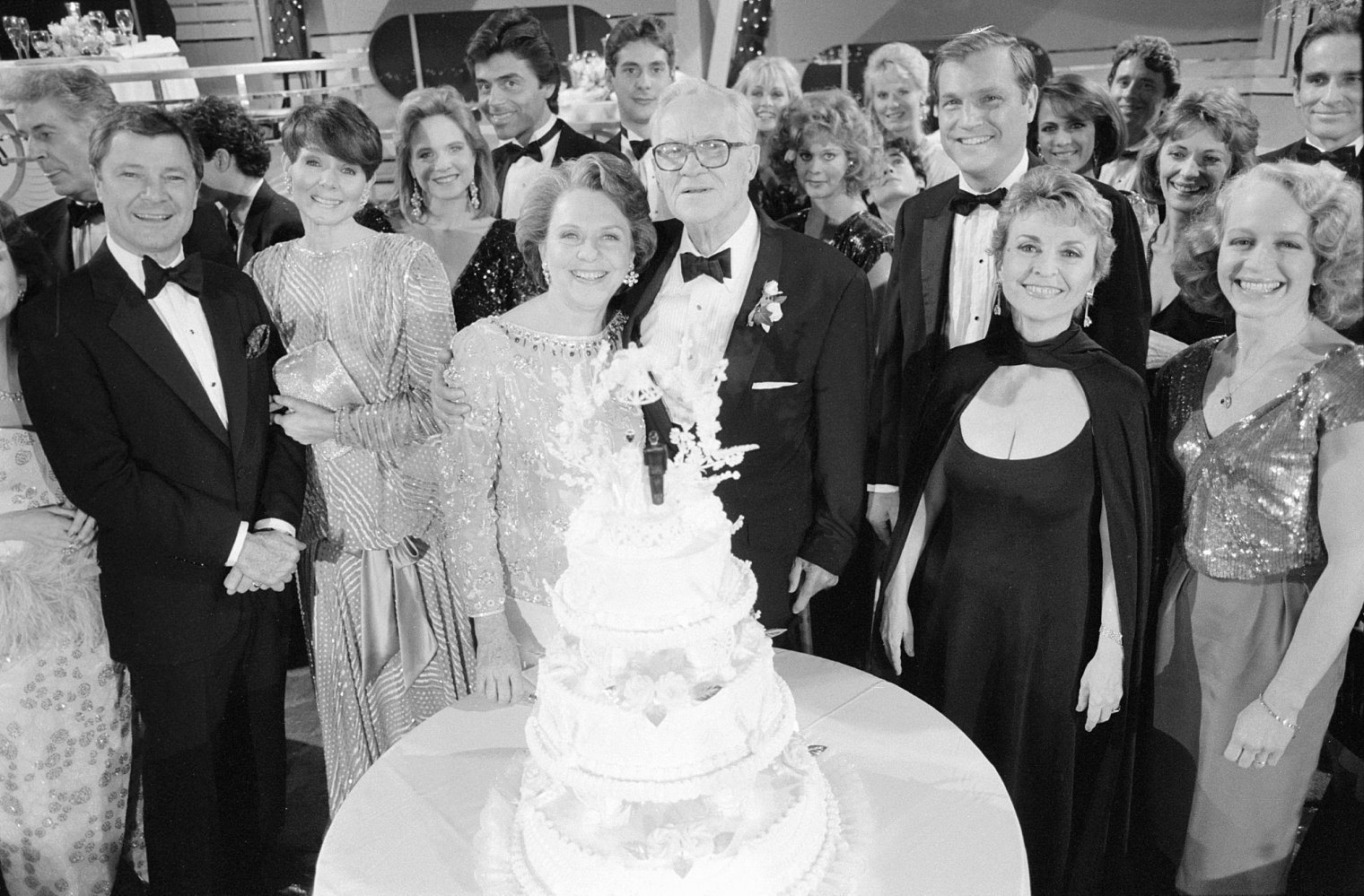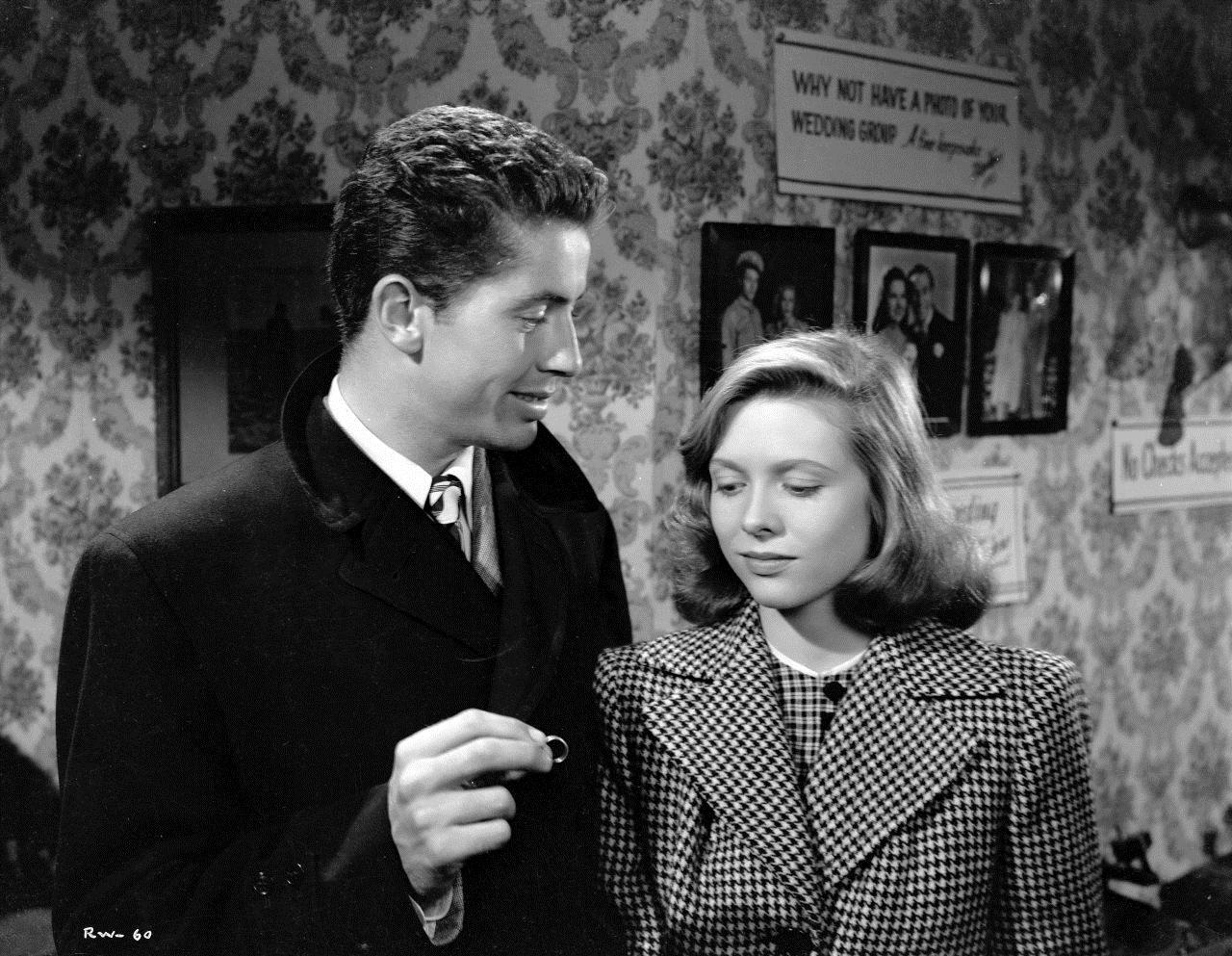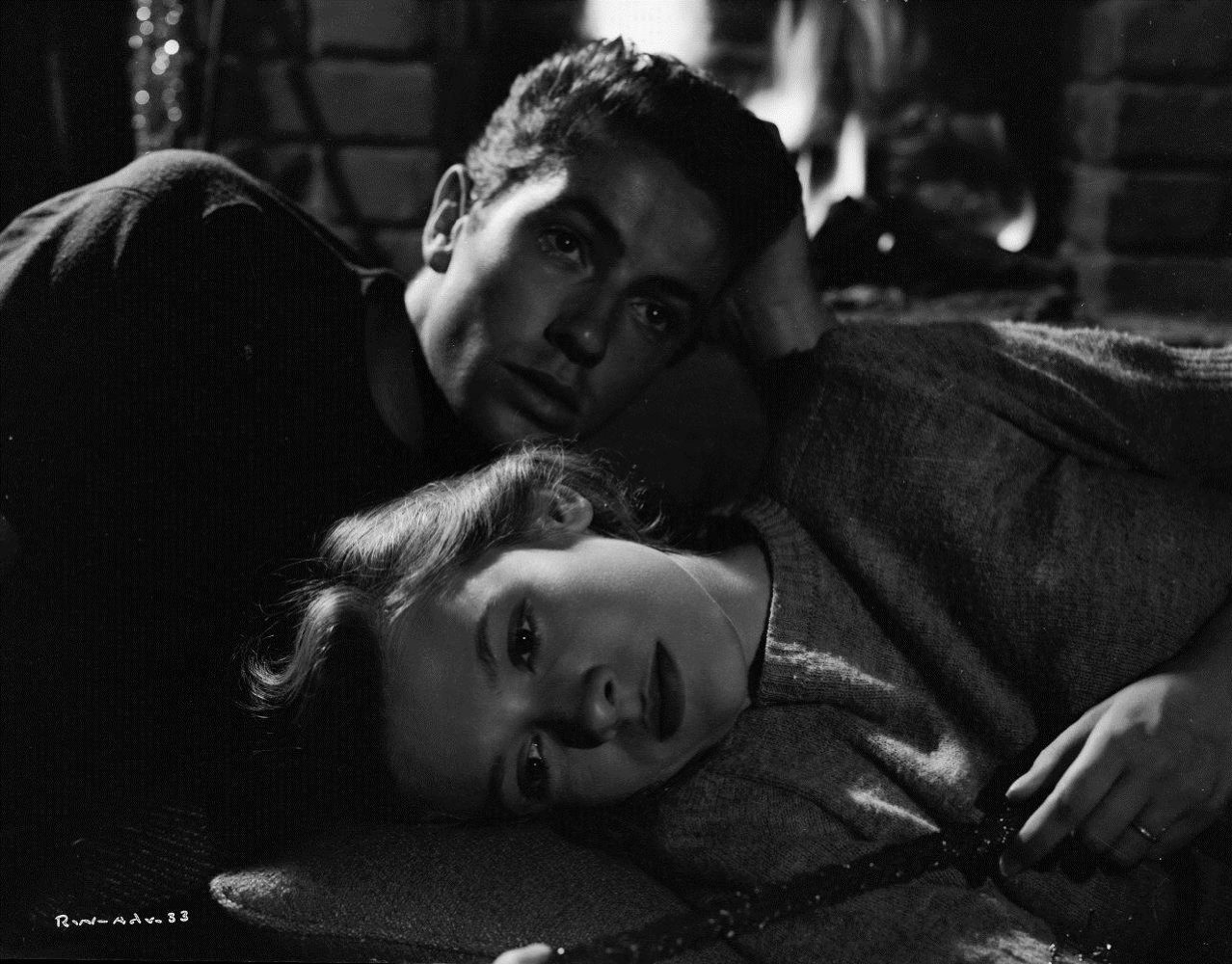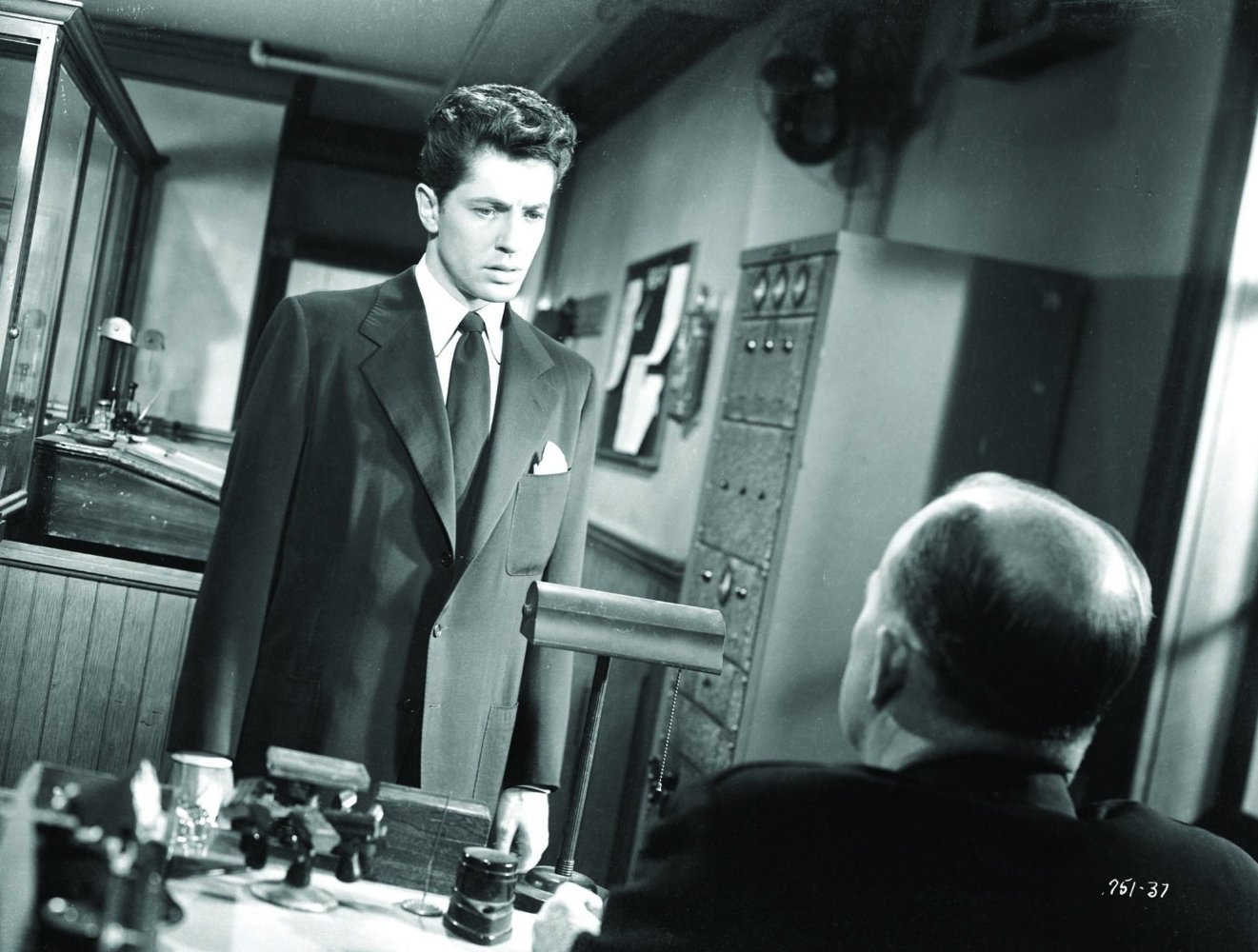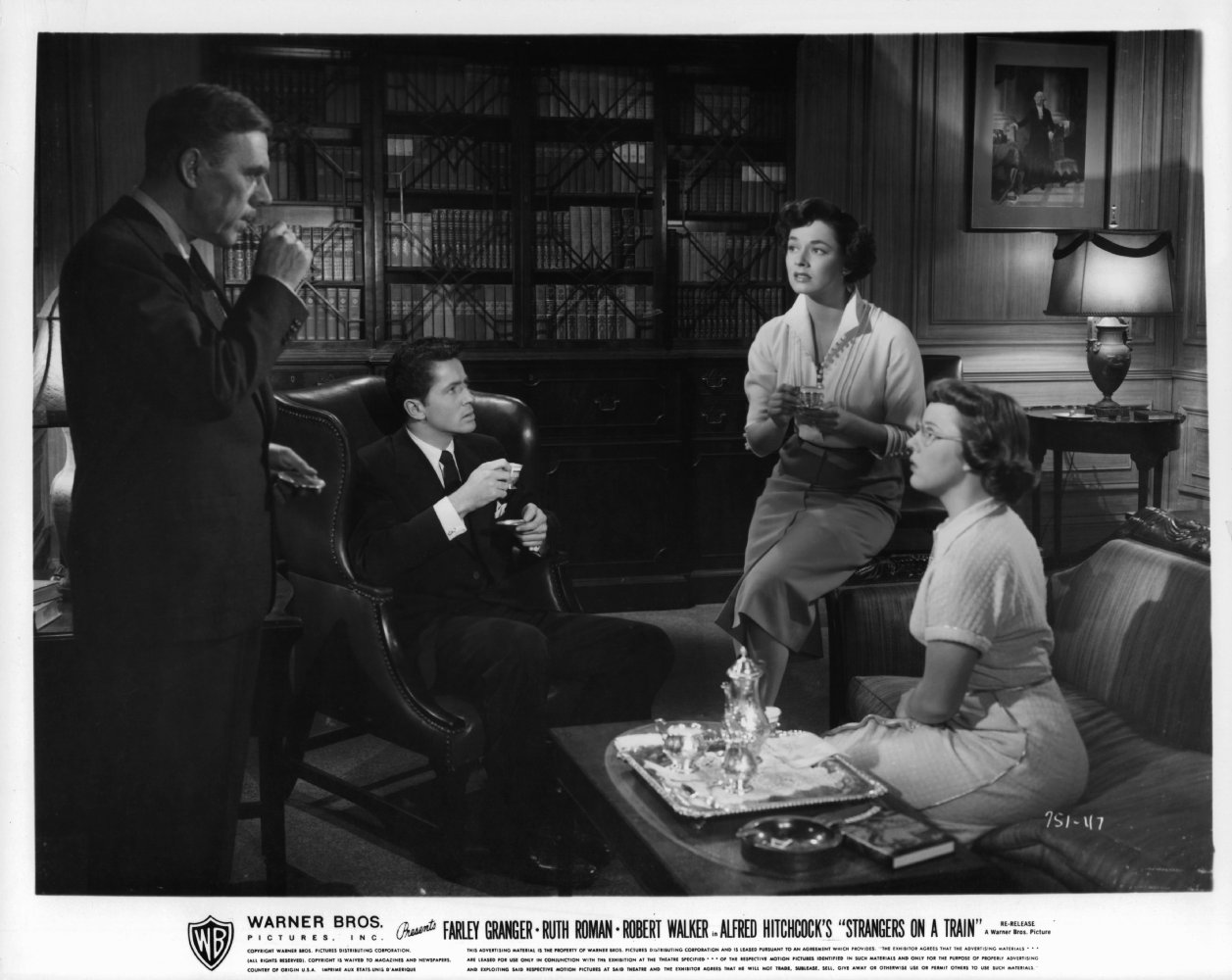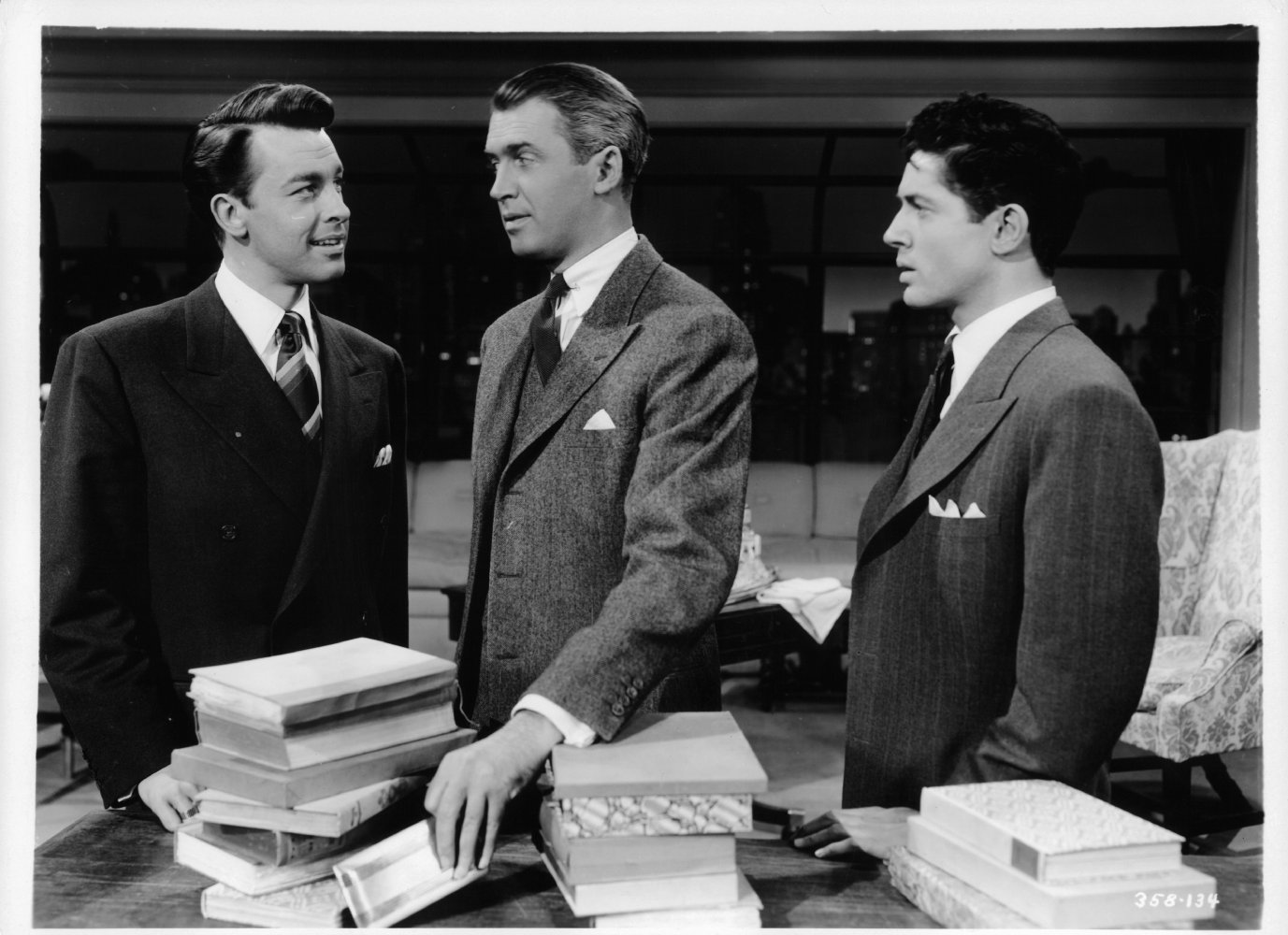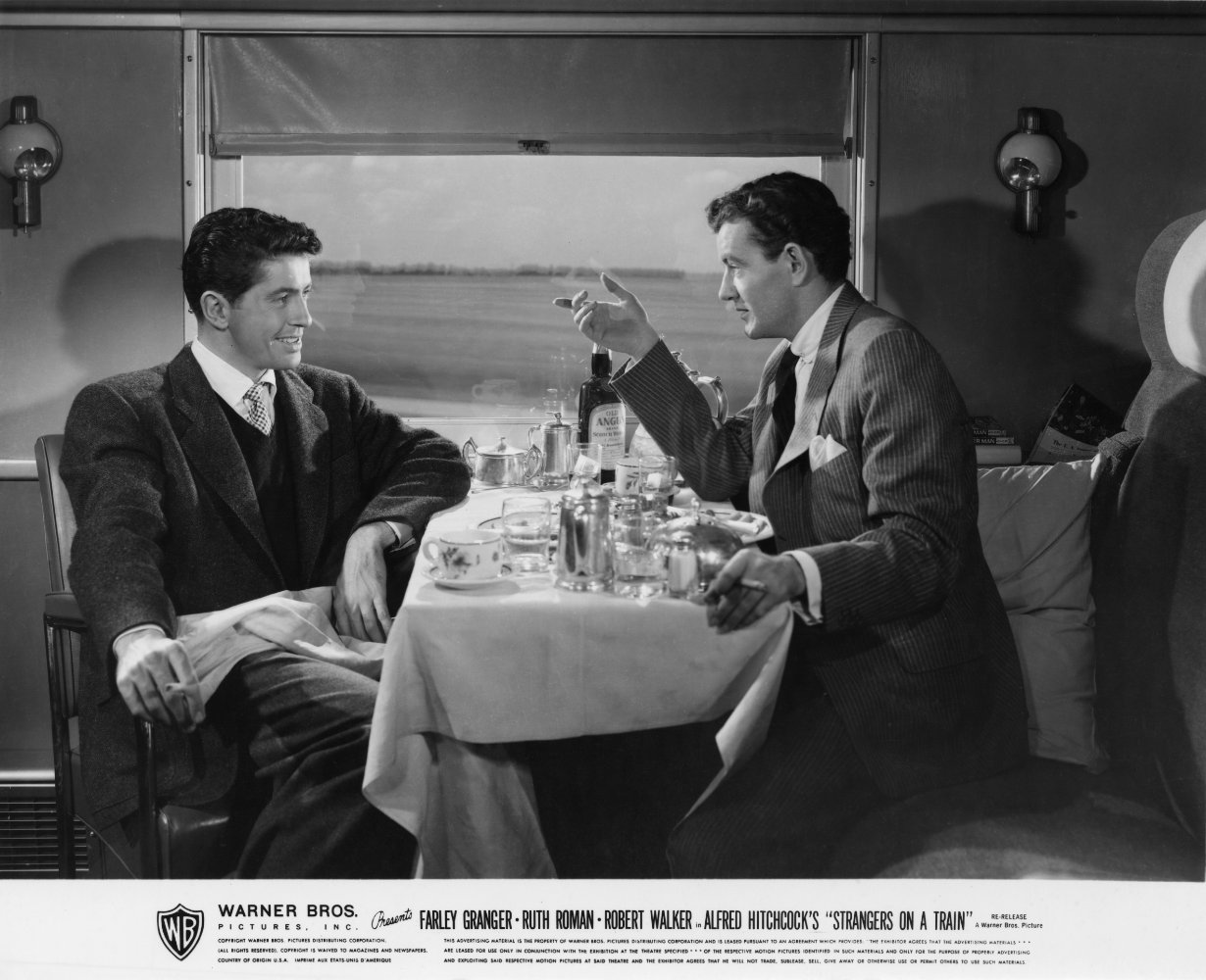Farley Earle Granger was born in 1925 in San Jose, California, to Eva (Hopkins) and Farley Earle Granger, who owned an automobile dealership. Right out of high school, he was brought to the attention of movie producer Samuel Goldwyn, who cast him in a small role in The North Star (1943). He followed it up with a much bigger part in The Purple Heart...
Show more »
Farley Earle Granger was born in 1925 in San Jose, California, to Eva (Hopkins) and Farley Earle Granger, who owned an automobile dealership. Right out of high school, he was brought to the attention of movie producer Samuel Goldwyn, who cast him in a small role in The North Star (1943). He followed it up with a much bigger part in The Purple Heart (1944) and then joined the army. After his release he had to wait until Nicholas Ray cast him in the low-budget RKO classic They Live by Night (1948) with Cathy O'Donnell, and then he was recalled by Goldwyn, who signed him to a five-year contract. He then made Rope (1948) for Alfred Hitchcock and followed up for Goldwyn with Enchantment (1948) with David Niven, Evelyn Keyes and Teresa Wright. Other roles followed, including Roseanna McCoy (1949) with Joan Evans, Our Very Own (1950) with Ann Blyth and Side Street (1949), again with Cathy O'Donnell. He returned to Hitchcock for the best role of his career, as the socialite tennis champ embroiled in a murder plot by psychotic Robert Walker in Strangers on a Train (1951). He then appeared in O. Henry's Full House (1952) with Jeanne Crain, Hans Christian Andersen (1952) with Danny Kaye, The Story of Three Loves (1953) with Leslie Caron and Small Town Girl (1953) with Jane Powell. He went to Italy to make Senso (1954) for Luchino Visconti with Alida Valli, one of his best films. He did a Broadway play in 1955, "The Carefree Tree", and then returned to films in The Naked Street (1955) with Anthony Quinn and Anne Bancroft and The Girl in the Red Velvet Swing (1955) with Joan Collins and Ray Milland. Over the next ten years Granger worked extensively on television and the stage, mainly in stock, and returned to films in Rogue's Gallery (1968) with Dennis Morgan. He then returned to Italy, where he made a series of films, including The Challengers (1970) with 'Anne Baxter (I)', Un hombre llamado Noon (1973) with Richard Crenna and Arnold (1973) with Stella Stevens. More recent films include The Prowler (1981), Death Mask (1984), The Imagemaker (1986) and The Next Big Thing (2001). Since the 1950s he has continued to work frequently on American television and, in 1980, returned to Broadway and appeared in Ira Levin's successful play "Deathtrap". In 2007 he published his autobiography, "Include Me Out: My Life from Goldwyn to Broadway" with Robert Calhoun. A longtime resident of New York, Granger has recently appeared in several documentaries discussing Hollywood and, often, specifically Alfred Hitchcock.
Show less «

